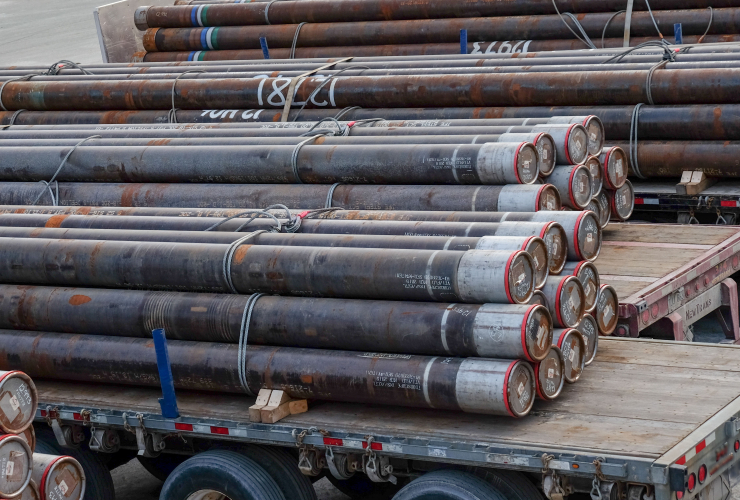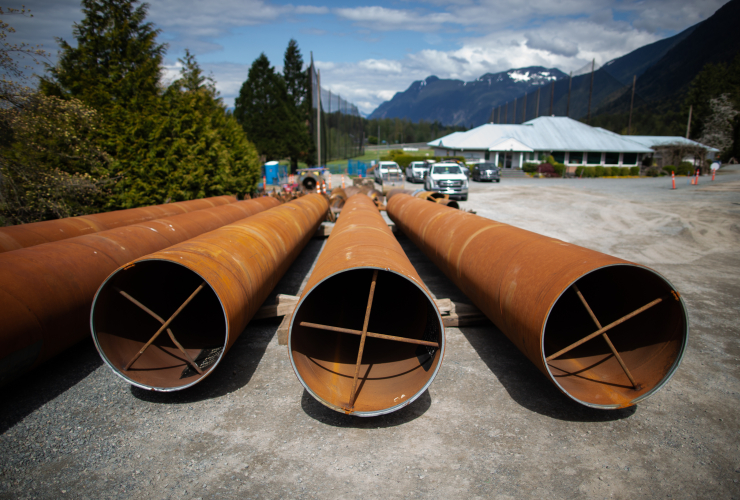Phoenix, Las Vegas, Denver and California’s Death Valley all posted record temperatures on Saturday, as dangerous heat swept across the American Southwest.
The National Weather Service in Phoenix reported a temperature of 114 degrees Fahrenheit (46 degrees Celsius), tying the record high for the date set back in 1918.
Las Vegas tied a record for the day set in 1956, with temperatures soaring to 109 F (43 C). The National Weather Service said there was a chance the high temperatures in both cities could rise even more.
In Colorado, Denver hit 100 F (38 C), tying a record set in 2013 for both the high temperature and the earliest calendar day to reach 100 F.
Temperatures in several inland areas of California reached triple digits by the afternoon, with a record high for June 11 of 122 F (50 C) reached in Death Valley.
Excessive heat warnings and heat advisories were issued for parts of Northern California through the Central Valley and down to the southeastern deserts.
The National Weather Service also predicted 114 F (46 C) in Palm Springs and temperatures around 100F (38 C) across the San Joaquin Valley and the Sacramento area.
Heat was expected to extend to inland portions of the San Francisco Bay Area but most of the California coastal zones remained free of heat advisories.
The scorching heat in Northern California was expected to subside Saturday evening. Heat advisories in parts of Southern California were extended through Sunday.
Meteorologists warned of very high “heat risk” in south−central Arizona through the weekend. The high temperatures were likely to approach record−breaking territory — anywhere between 110 F (43 C) and 115 F (46 C). They have urged the public to limit outdoor activities.
Parts of New Mexico and Texas also were also to see triple−digits.
Heat is part of the normal routine of summertime in the desert, but weather forecasters say that doesn’t mean people should feel at ease. Excessive heat causes more deaths in the U.S. than other weather−related disasters, including hurricanes, floods and tornadoes combined.
Scientists say more frequent and intense heat waves are likely in the future because of climate change and a deepening drought.
The Associated Press
Well, it's not very nice to
Well, it's not very nice to know that Vancouver hit 38 degrees a week earlier last year than Phoenix did this year, which is located a long ways to the normally hot and dry south. It was the sixth most severe heat wave in planetary history and it rolled across BC and into the Prairies. Altogether, 619 people died in about 10 days in BC. Everyone knows what happened to Lytton. The temperature spread between averages was insane and will form part of the remarkable record that has even the scientists dropping their jaws.
This year is unusually cool and wet, and we're finding the lack of smoke from forest fires a great relief. But the pollen, fungus and maple tree whirligigs are clogging the air and punishing our sensitive respiratory systems, mainly because they are having a delayed reaction to the stress of last years's killer heat dome.
This story is about so much more than a small spike in temps beyond what is normal (thus creating a new record of not-so-significant relevance) in cities and regions that are normally very hot. The American southwest is not expected to get any relief from a 20+ year drought. Lake Mead, fed by the dammed Colorado River, is at record low levels and the Las Vegas water supply is threatened along with California agriculture, which also depends on this river. Though this is an interesting dilemma, it's not the major jump above norm we got in BC last year. However, it will impact the export of food to Canada soon enough. We are dependent economically to the drying US SW, and our food security is at risk. And the Americans are looking north for new sources of water to divert south.
The question is, what are we going to do about it? Reporting on climate events isn't enough and is already accomplished on a daily basis by a large pool of competing journalists. Harping about emissions ad nauseam isn't enough. Stopping traffic for an hour in climate protests isn't enough, and has now become passé.
Political "solutions" are reactionary, come too late and are wrought with weakness, wilful ignorance, insignificant baby steps and lack of democratic accountability in the national and provincial electoral systems. Yet the focus is on political solutions over everything else. This leaves knowledgeable people to work out solutions independently and make recommendations at their own risk. The hope is that cities and regional districts will pick up the slack in science-based planning for adaptation over senior government intransigence.
Surely the National Observer could do a better job to tap the quiet scientists, planners, urbanists and others to provide some key direction in place of focusing on mere reporting and op-eds that so many other journalistic organizations already pump out. Extroverted activists and opinionated journos shouldn't receive all the attention or hog the podium.




Comments